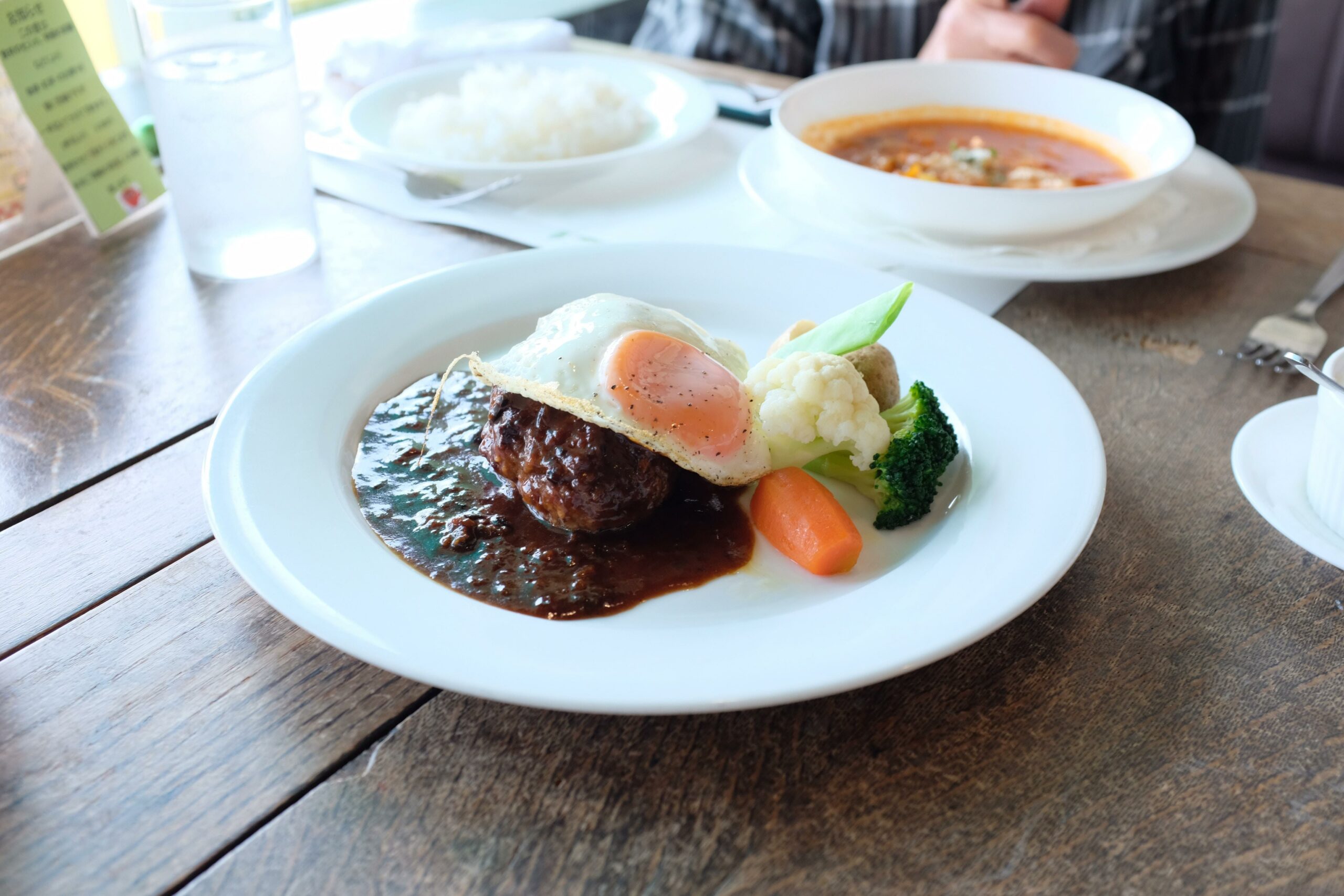Are you ready to take a bite into the dark side of Hungarian cuisine? Join me on a tantalizing journey as we unveil the disturbing secrets lurking beneath the surface of these traditional dishes. In this article, we will explore the hidden facets of Hungarian gastronomy, delving into the intriguing stories and shocking revelations that lie behind each delicacy. Brace yourself for a culinary adventure that will challenge your taste buds and expand your understanding of this intriguing cuisine. Get ready to uncover the disturbing truths of Hungarian cuisine.

Disturbing Secrets: Unveiling the Disturbing Truths of Hungarian Cuisine
Hungarian cuisine is a realm of rich flavors, tantalizing spices, and delightful culinary experiences. However, beneath the surface of this beloved cuisine, there lies a darker side that few are willing to explore. In this article, we will embark on a gastronomic journey, peeling back the layers of seemingly innocent dishes to reveal the disturbing secrets behind Hungarian dishes.
Pacalpörkölt – Tripe Stew: A Hangover Remedy?
Pacalpörkölt, or Tripe Stew, is a dish that has gained notoriety among foreigners for its unusual main ingredient – the stomach lining of a cow or lamb. While tripe may not be appetizing to everyone, it holds a special place in Hungarian cuisine. But did you know that it is often used as a hangover remedy?
One cannot help but wonder how this stomach organ became associated with curing the aftermath of excessive revelry. Perhaps it is because tripe contains certain nutrients that aid in restoring the body’s balance after a night of indulgence. Whatever the reason, Pacalpörkölt stands as a testament to the intriguing relationship between Hungarian cuisine and the remedies for life’s excesses.
Disturbing Secret: Tripe stew, a remedy for those suffering from hangovers, reveals the intriguing connection between Hungarian cuisine and unconventional cures.
Hagymás Vér – Blood with Onions: A Truly Divisive Dish
In the realm of divisive Hungarian dishes, Hagymás Vér, or Blood with Onions, takes center stage. This dish, made with blood and onions, is not for the faint of heart, even among Hungarians themselves. While some embrace this unique culinary creation, others gag at the mere thought.
But what makes Hagymás Vér so polarizing? Perhaps it is the notion of consuming blood, which carries strong cultural and symbolic connotations in many societies. Additionally, the combination of blood and onions creates a taste that leaves no room for indifference. One thing is for certain: this dish showcases the idiosyncrasies hidden within Hungarian cuisine, challenging our preconceived notions of what is deemed acceptable on our plates.
Disturbing Secret: Hagymás Vér’s divisive nature highlights the unapologetic uniqueness of Hungarian cuisine, pushing boundaries and challenging palates.
Édes Tészták – Sweet Pastas: A Sweet Tooth Surprise
When one thinks of pasta, the mind conjures images of savory sauces, cheese, and herbs. But in Hungary, the notion of pasta takes a delightfully sweet turn. Édes Tészták, or Sweet Pastas, are a beloved part of Hungarian cuisine, although they may seem unthinkable to foreigners.
What makes these sweet pasta dishes so intriguing? The combination of pasta with ingredients like jam and powdered sugar infuses what is typically considered a savory dish with a touch of sweetness. It challenges our expectations and proves that Hungary’s love for pasta goes beyond convention.
Disturbing Secret: Édes Tészták showcases the adventurous nature of Hungarian cuisine, transforming a savory staple into a surprising and delightful sweet treat.
Szalontüdő/Savanyú Tüdő – Sour Lungs: A Challenging Delicacy
Some Hungarian dishes raise eyebrows not only for their unconventional ingredients but also for the cuts of meat used. Szalontüdő or Savanyú Tüdő, known as Sour Lungs, falls into this category. This dish is made from the heart and lungs of a pig, or alternatively, from beef or lamb stock. It’s the very raw materials and preparation methods that make foreigners shudder.
The thought of consuming lungs might seem off-putting, but it’s a testament to the resourcefulness of Hungarian cuisine. Every part of the animal is used, ensuring no waste. And despite its initial shock factor, this dish holds a unique place in Hungarian culinary tradition.
Disturbing Secret: Sour Lungs exemplifies the resourcefulness of Hungarian cuisine, embracing every part of the animal, even those that may seem unconventional to outsiders.
Kocsonya – Aspic: A Quivering Horror Show
Prepare yourself for the ultimate test of bravery – the Hungarian delicacy known as Kocsonya, or Aspic. This dish is created by making a gelatin with a meat stock or broth and encasing various ingredients within its quivering embrace. The sight of meat fragments suspended in a translucent jelly-like substance can be quite the horror show for many.
While the visual appeal of Kocsonya may not initially entice everyone, this dish reflects the diversity and ingenuity found in Hungarian cuisine. It challenges our perceptions of what can be considered delicious and pushes the boundaries of gastronomic experience.
Disturbing Secret: Kocsonya’s quivering aspic showcases the adventurous spirit of Hungarian cuisine, challenging conventional notions of culinary aesthetics.
Hungarian cuisine is a playground of hidden treasures and unique creations. While these disturbing secrets behind Hungarian dishes may shock and surprise us, they also provide a glimpse into the cultural nuances and culinary adventurousness of this remarkable cuisine. So next time you delve into Hungarian gastronomy, dare to embrace the unexpected, and uncover the hidden stories behind the savory and the unusual.
Hungarian Dishes: Pros and Cons
| Dish | Pros | Cons |
|---|---|---|
| Pacalpörkölt | Hangover remedy with unique flavors | May not appeal to those unfamiliar with tripe |
| Hagymás Vér | Unapologetically divisive and culturally significant | The combination of blood and onions may be off-putting |
| Édes Tészták | Delights the sweet tooth and adds variety | Goes against the conventional perception of pasta |
| Szalontüdő/Savanyú Tüdő | Resourceful use of unconventional ingredients | The idea of consuming lung meat may be challenging |
| Kocsonya | Showcases culinary ingenuity and pushing boundaries | The visual appeal may not entice everyone |
As we delve into the intriguing aspects of Hungarian cuisine, we uncover both the delicious and the disturbing. From the unconventional ingredients to the mind-bending flavor combinations, Hungarian dishes challenge our palates and open our minds to new gastronomic experiences. So go forth, embrace the unusual, and uncover the secrets hidden within the depths of Hungarian culinary traditions.
Note: To explore more of Hungarian cuisine, consider trying traditional dishes like goulash, chicken paprikash, and stuffed peppers, which represent the diversity and evolution of this fascinating culinary culture.
Hungary is known for its unique and delicious cuisine, but did you know that there are also some eerie and spine-chilling facts about Hungarian food? Brace yourself for a journey into the unknown as we delve into the Scary Facts About Hungary Food. From disturbing culinary traditions to peculiar ingredients, this list will make your jaw drop and your stomach churn. Are you brave enough to explore the dark side of Hungarian gastronomy? Click here to uncover the spine-tingling secrets: Scary Facts About Hungary Food.
FAQ
Question 1: What is Pacalpörkölt?
Answer 1: Pacalpörkölt is a Hungarian dish made with tripe, which is the stomach of a cow or lamb/mutton. It is often used as a hangover remedy and can be found in many traditional Hungarian restaurants.
Question 2: Is Hagymás Vér a popular dish in Hungary?
Answer 2: Hagymás Vér, also known as Blood with Onions, is a divisive dish even among Hungarians. This dish is made with blood and onions, and while some people enjoy it, others find it unappealing.
Question 3: Why do Hungarians enjoy sweet pasta dishes?
Answer 3: Sweet pasta dishes, known as Édes Tészták, are a unique part of Hungarian cuisine. While it may seem unusual to foreigners to put jam and/or powdered sugar on pasta, Hungarians enjoy the combination of sweet and savory flavors in their dishes.
Question 4: What is Szalontüdő/Savanyú Tüdő?
Answer 4: Szalontüdő, also known as Sour Lungs, is a Hungarian dish made with the heart and lungs of a pig. It can also be made with beef or lamb stock. The distinctive raw material and preparation methods of this dish may make it disturbing to foreigners.
Question 5: What is Kocsonya?
Answer 5: Kocsonya, also known as Aspic or meat jelly, is a traditional Hungarian dish made with a meat stock or broth, encasing various ingredients. The sight of the quivering jelly with pieces of meat can be unsettling to many.
- Unlock 6000+ words beginning with he: A comprehensive analysis - April 20, 2025
- Mastering -al Words: A Complete Guide - April 20, 2025
- Master Scrabble: High-Scoring BAR Words Now - April 20, 2025
















